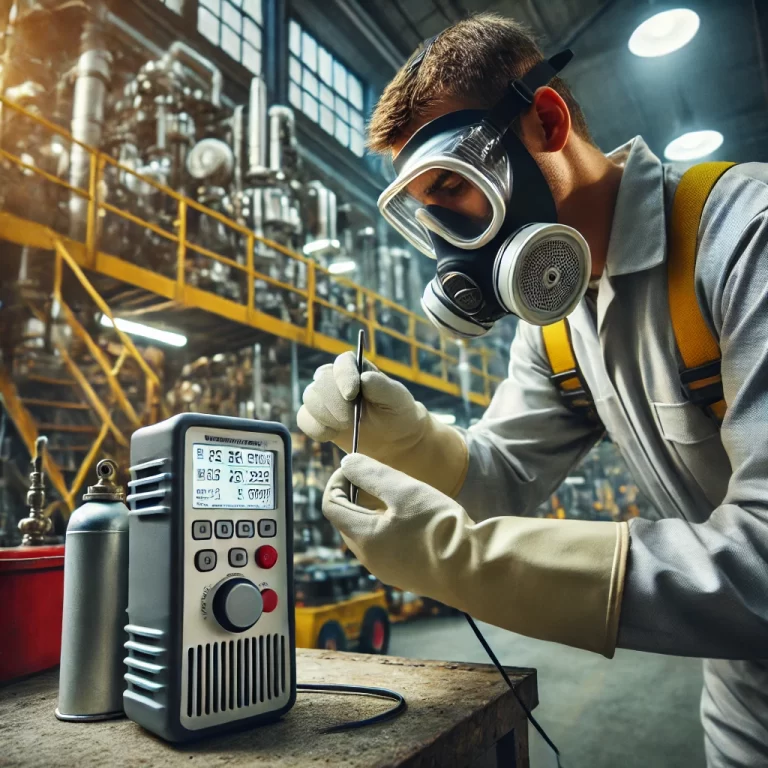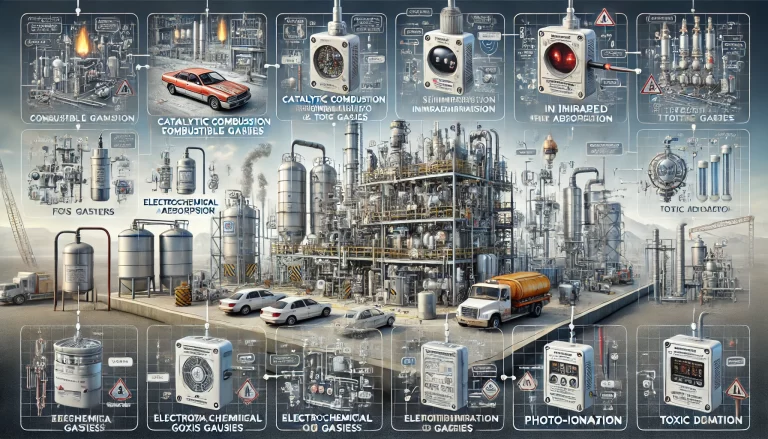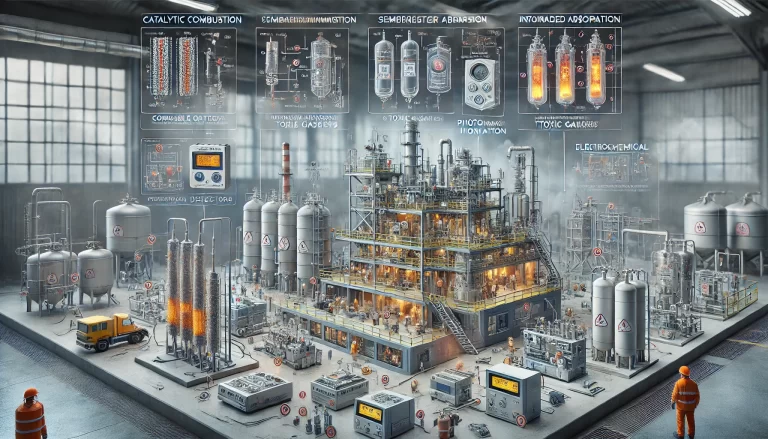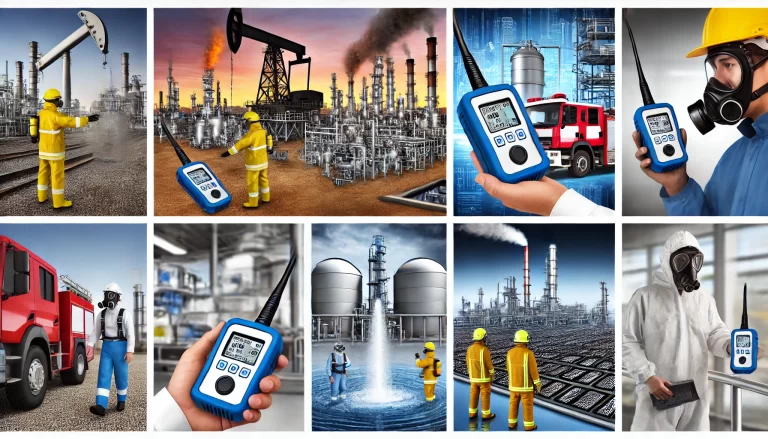Overview
Portable combustible gas detectors are critical safety devices designed to detect the concentration of flammable gases in hazardous environments. Given the potential explosion risks in such settings, the explosion-proof rating of these devices becomes a key consideration. These ratings, such as Ex ia IIC T4 Ga or Ex ib IIC T4 Gb, indicate the device’s ability to operate safely in explosive atmospheres. This article provides a detailed explanation of these ratings and their significance, alongside practical guidance on selecting the right detector for your needs.

What Are Explosion-Proof Ratings?
Explosion-proof ratings are standardized classifications that define the safety level of electrical equipment when used in explosive atmospheres. These ratings ensure that the equipment does not act as an ignition source in such hazardous conditions. For portable combustible gas detectors, explosion-proof ratings typically include a series of letters and numbers that specify the device’s protection type, temperature limits, and applicable zones.
Common Ratings Explained:
Ex: Indicates compliance with explosion-proof standards.
ia and ib: Denote the intrinsic safety type:
ia: The circuit will not generate any sparks or hot surfaces under any conditions.
ib: The circuit may generate sparks or hot surfaces but within safe limits.
IIC: Represents the highest gas group classification, suitable for environments with hydrogen or acetylene, which are the most explosive gases.
T4: Specifies the maximum surface temperature of the device (135°C), ensuring it does not ignite surrounding gases.
Ga and Gb: Indicate the applicable zone:
Ga: Suitable for Zone 0 (continuous explosive gas presence) and Zone 1.
Gb: Suitable for Zone 1 and Zone 2 (intermittent or occasional explosive gas presence).

Impact of Explosion-Proof Ratings
The explosion-proof rating of a portable gas detector has significant implications for its safety, usability, and cost.
Safety:
Devices with a higher rating, such as Ex ia IIC T4 Ga, are designed for the most hazardous zones and offer superior safety features.
Lower-rated devices (e.g., Ex ib IIC T4 Gb) are suitable for less hazardous areas.
Usage Range:
High-rated detectors can operate in Zones 0, 1, and 2, providing greater flexibility for industries with variable environments.
Lower-rated models are restricted to Zones 1 and 2, limiting their usage.
Cost:
Higher-rated devices typically involve more advanced manufacturing processes, resulting in increased costs. Users must balance safety requirements with budget constraints.

Choosing the Right Detector
Selecting an appropriate portable combustible gas detector involves evaluating your specific needs and environmental conditions. Below are key factors to consider:
Explosion Risk:
For areas with continuous exposure to explosive gases (Zone 0), select a detector with Ex ia IIC T4 Ga rating.
For less hazardous areas (Zones 1 or 2), an Ex ib IIC T4 Gb detector may suffice.
Performance Metrics:
Precision: Ensure the detector provides accurate readings to avoid false alarms or missed detections.
Stability: Look for devices with minimal drift over time to maintain reliability.
Response Time: A faster response time is crucial for timely hazard mitigation.
Cost-Benefit Analysis:
Higher-rated detectors often cost more. Consider the safety requirements and balance them against your budget.
Additional Features:
Portability: Lightweight designs are easier to handle in confined spaces.
User Interface: Intuitive controls and clear displays enhance usability.
Maintenance: Opt for devices with minimal calibration requirements and long-lasting sensors.

Real-World Applications
To provide better context, here are some practical scenarios where different explosion-proof ratings apply:
Oil and Gas Facilities: Zones 0 and 1 are common; devices with Ex ia IIC T4 Ga ratings are essential.
Chemical Plants: Zones 1 and 2 are prevalent; Ex ib IIC T4 Gb detectors are often adequate.
Mining Operations: Requires robust devices due to high dust and gas concentrations, often needing the highest explosion-proof standards.
Conclusion
Understanding explosion-proof ratings is crucial for selecting the right portable combustible gas detector. By carefully assessing your working environment and the associated risks, you can choose a detector that offers optimal safety, reliability, and cost-efficiency. Whether you operate in a highly hazardous Zone 0 or a less risky Zone 2, there are solutions tailored to meet your needs. Prioritize safety and performance to ensure both compliance and peace of mind in your operations.
